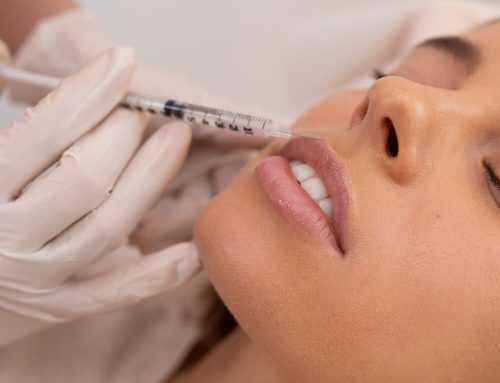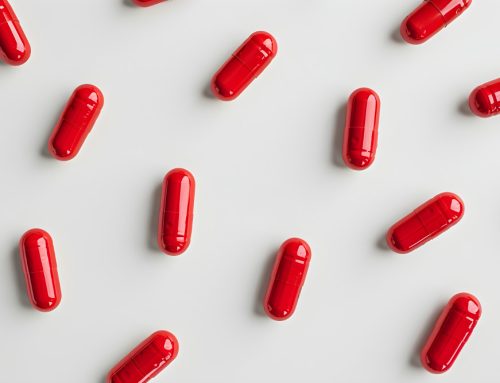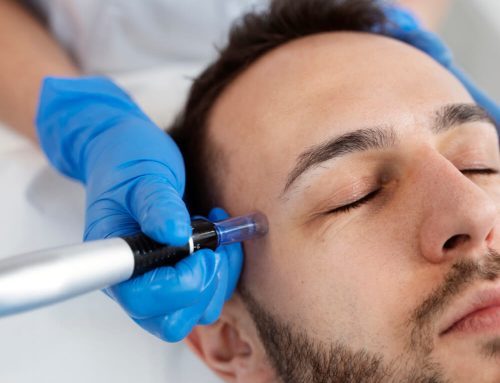Regenerative medicine is revolutionising the field of aesthetic medicine. Moving away from traditional approaches that only addressed the correction of dynamic wrinkles and volume, regenerative medicine focuses on restoring the function and structure of damaged or ageing tissues. In this way we can activate tissue regeneration processes that allow us to rejuvenate the face and body in a more natural and sustained way.
This promising field uses everything from well-known substances such as polylactic acid (PLLA) and other collagen biostimulators, to advanced therapies such as stem cell therapy, platelet-rich plasma (PRP), autologous fat transplantation, exosomes, polynucleotides and gene therapy.
In this blog we will focus on polylactic acid, as it is the most studied collagen biostimulator, with more scientific evidence, and with more years of use in Aesthetic Medicine. The other procedures will be dealt with in future blogs.
Polylactic acid in regenerative medicine
Understanding the skin as the most important tissue or barrier of the body, and collagen as the most abundant protein in it, treatments that stimulate its production are the basis of any advanced treatment.
In most studies and in clinical practice, PLLA has demonstrated high efficacy and patient satisfaction, however to achieve the optimal effect in aesthetic treatment it is mandatory that the physician defines a realistic goal and expected outcome with the patient.
The vast majority of patients respond to PLLA, but the level of response, the amount of product to be injected, and the number of sessions, varies and depends on factors such as the patient’s age, immune status and medical history.
PLLA is a biocompatible, biodegradable, bioabsorbable, non-permanent, biocompatible polymer that has been approved for use since 1999, originally for the treatment of HIV-related lipoatrophy (fat loss in the arms, legs and buttocks).
However, it is currently used for the treatment of skin laxity and lack of skin density in different areas of the body: face, neck, arms, abdominal region, knees and buttocks. It has proven to be an effective ally against stretch marks, cellulite, correction of acne scars and especially skin flaccidity.
The results of PLLA are not immediate and it is necessary to carry out a minimum of 2 to 4 sessions and to leave 4 to 6 weeks between each session. The dilution and concentration of PLLA will depend on the area of the body we want to stimulate. The reason is very simple: The development of our own collagen network by our own body takes time as a cascade of histological processes at microscopic levels are involved.
PLLA can be combined with other treatments such as HIFU, hyaluronic acid hydration and laser therapies. The combination of skin hydration treatments with hyaluronic acid on the one hand and PLLA to generate density on the other hand is a powerful rejuvenation synergy.
Regenerative medicine is ushering in a new era in aesthetic medicine, offering solutions that not only improve aesthetic appearance, but also restore tissue function and health: from restoring damaged skin to treating hair loss and regenerating soft tissue, its applications are vast and promising.



